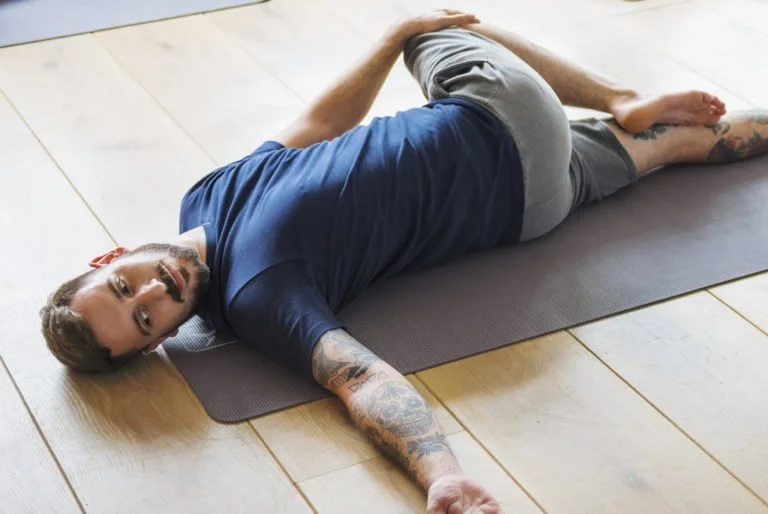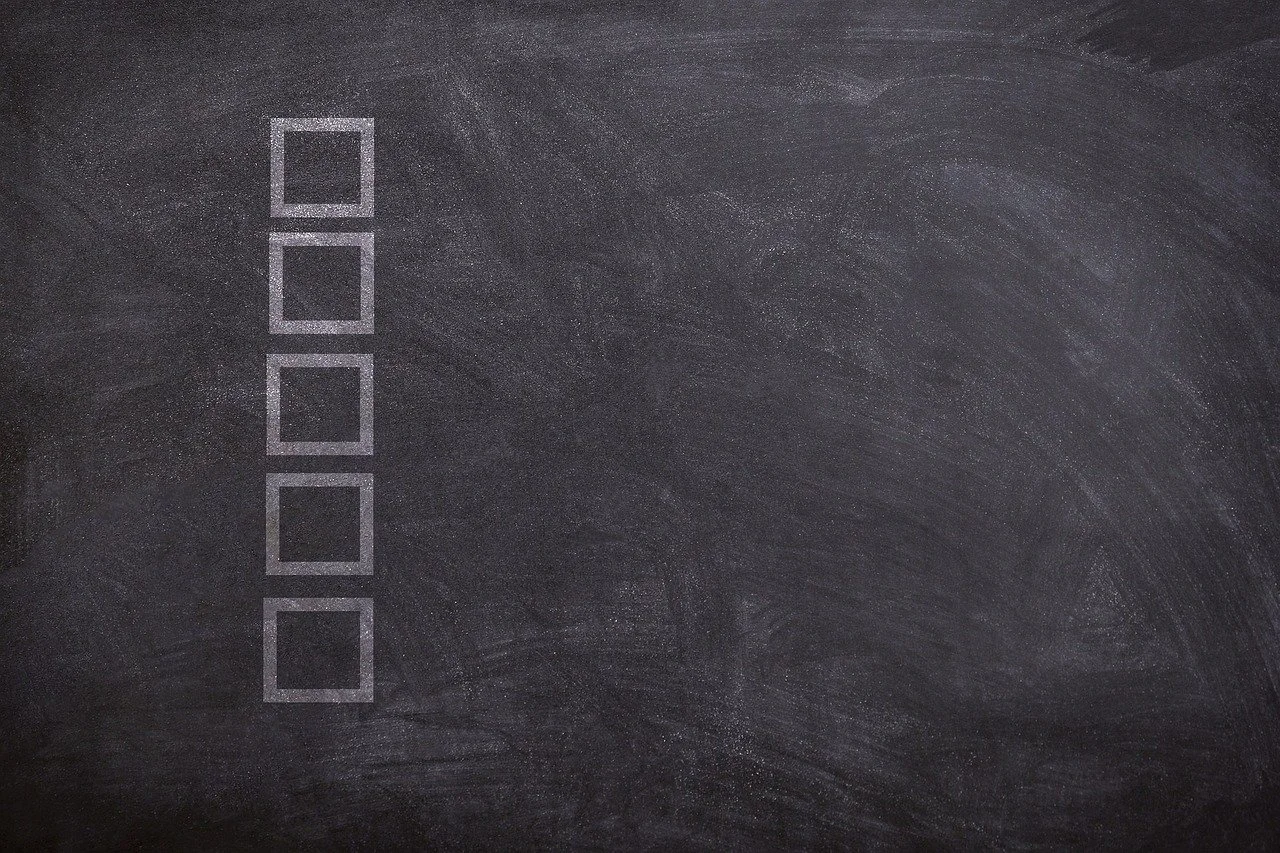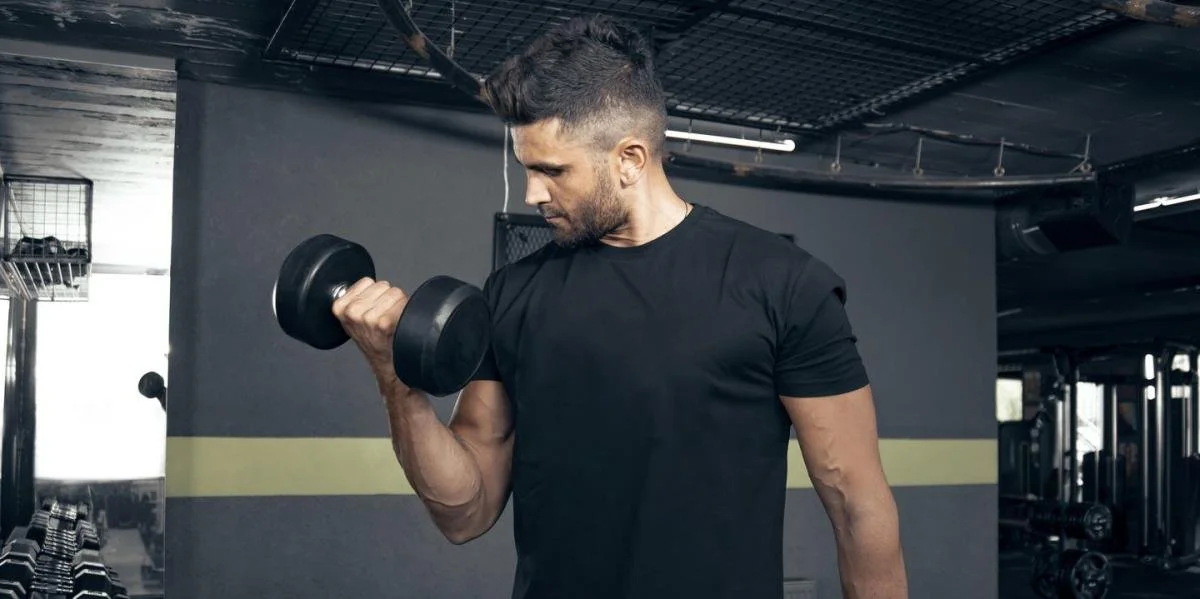Do spinal twists detoxify you?
Nothing like twisting yourself to eliminate all those nasty toxins in your body, right? Click to find out more.
If you’ve practiced yoga long enough, you’re bound to eventually hear a teacher describe how a twisting posture will release toxins from your body. It’s almost like a family story passed down from one person to the next, but is it really true? Let’s dive in.
For starters, any movement is better than none for helping your body function properly. Sweating, bending, twisting, and balancing (all things you may see in a yoga class) are assuredly better than spending your days stagnant. And it is true that when you twist your body in a pose, this has been shown to move venous blood through your organs and shuttle oxygen-rich blood into the organs once you release the twist (https://www.ncbi.nlm.nih.gov/pmc/articles/PMC3193654/). But still, does this translate to toxins being released?
Let’s dig deeper. Your body has an incredible waste management network known as the lymphatic system; your lymph flow cleans out an abundance of byproducts from tissues in your body, allowing your kidney, liver, and intestines to better dispose of the things you don’t need. Think of it as your body’s natural housecleaner. The number one way to keep lymph moving through you is with movement; rebounding on a trampoline has been popularized as a great way to stimulate your lymph, but running, dancing, lifting weights, and, you guessed it, yoga, are all perfectly fine ways to keep things moving. We want things to be flowing in one way or another; stagnate lymph is a breeding ground for various health problems to surface (“The Complete Guide to Yin Yoga” by Bernie Clark explores this deeper, along with Dr. Perry Nickelston of Stop Chasing Pain). So does this mean you’re detoxifying every time you practice?
There is really no evidence that on a healthy individual, a twisting pose will have any special cleansing benefit that another pose wouldn’t. This is not to say that those poses don’t support a well-functioning digestive system, but there isn’t any literature stating you’ll twist extra toxins out. A few research studies have shown that for people with digestive issues, a yoga practice in general (along with added liquid supplements beforehand) have helped get things moving, but this is certainly not equivalent to the normal yoga practice scenario. Does this mean that your yoga practice has all been a lie?!
No, of course not. One of the most powerful ways to “detoxify” yourself is simply through your breathing; exhaling is the process of releasing carbon dioxide, one of the main metabolic byproducts of the body’s internal processes. And between moving, breathing, and sweating, you are absolutely helping to cleanse your insides. Your twists may not have the magical powers that they’re claimed to possess, but movement in general surely does.
30 Things I’ve Learned in 30 Years
A list of things this life has taught me throughout the years.
Playing small does little to help you out. No one will know what you have to offer if you keep it bottled up inside.
2. Everyone is beautiful with a genuine smile. Watch and see when people light up.
3. Everyone has a story that will amaze you.
4. Everyone is your teacher. Even/especially those who you don’t like.
5. Confidence is built through action. Not by thinking about action.
6. Taping your mouth is the ultimate sleep hack. It sounds crazy, I know. Buy some cheap sleep tape and try it for a couple of nights. You might end up pleasantly surprised.
7. You’ve gotta suck to be good. This isn’t a new saying by any means, but anything you want to be good at will require you to be bad at it to start while you learn. There are very few things worthy of learning that don’t require this process.
8. Momentum goes both ways, towards slowing down or speeding up. Choose wisely.
9. Everyone has an energy to them; listen to which energies feel right and move on from those that don’t.
10. Health is wealth. It’s almost certainly worth paying at least a small amount of money monthly to move your body, and there are plenty of ways to exercise without paying a dime. The earlier you can start, the better off your 40/60/80-year-old self will be.
11. Nasal breathing during cardio is the cheat code for making sure you stay at a sustainable pace.
12. Lying is the easy way out but the hardest way in the long run. Notice when you are tempted to, even with small things, and see how you can work to practice honesty.
13. Waiting until you’re completely ready is a good plan for never starting. Analysis paralysis is real and has stopped more action than we’ll ever know.
14. Events are only as big as we make them in our heads. The first date, the quarterly review, the competition, we can inflate them much bigger than we need to inside of our minds. Things don’t seem as big when we remember the grand scale of everything.
15. With that being said, whatever you’re worrying about probably won’t matter whatsoever in a year (this is definitely conditional, there are certainly exceptions).
16. You can study every book and listen to every podcast about something. It all means little until you experience it in person. Real-world lessons>words on paper.
17. Low expectations, high happiness. This isn’t to say you should expect little of yourself or others, but rather that going into situations with your expectations lowered leaves a far greater chance that you will end up satisfied.
18. It is very easy to continually do the same thing and live the same day over and over. Control for the new experiences, whether it’s new coffee shops/walking routes/meals, etc. Those will stick in your brain much more.
19. Your body is capable of incredible things. There is a Japanese concept called misogi, which is the idea of doing something so hard once a year that it affects the other 364 days by how it transforms you. Find your misogi, whether it be through running, yoga, etc, and see how it can change you for the better.
20. Interactions or gestures don’t always require reciprocation. Don’t fall into the trap of thinking you need to match a person’s energy or enthusiasm if it doesn’t serve you.
21. A solid no is better than a fake maybe. The closure helps both parties in the long run.
22. Exercise is a fantastic way to feel better. But it is not a replacement for doing the internal work that we all need on some level. Whether it’s therapy, journaling, or talking with a friend, try and find something that allows you to release outside of the gym.
23. There is a Latin concept called “via negativa”, which translates to “addition by subtraction”. We oftentimes think adding more things will make our lives richer, but there’s generally more benefit in subtracting things that are blocking the important ones.
24. A close friendship is worth its weight in gold. Be there however you can for the ones you love, someday the shoe will be on the other foot.
25. Ignoring the whispers from the body is a good way to have them turn into screams later. Listen to what your body is telling you, and train accordingly.
26. Time with yourself is a fantastic investment. Not yourself with music or a tv or a computer. Time with you and nothing else. This will look different for everyone, but it is absolutely a form of self-care.
27. When in doubt, be good to people. Assume the best. And assume you know nothing about the person or their story and what made them who they are today. They are human, just like you.
28. Going straight for the fist bump is a way to avoid the awkward handshake.
29. Ask your family or loved ones to tell you about their stories from the past. There are assuredly things your parents/grandparents/whoever else did that you have no idea about, and taking this time to learn can really bring you closer.
30. There is a way of living that allows you to blend in with everyone else, and a way of living that paves your own authentic path. Think of how you want to remember your time when you look back.
Is your bed the most important piece of gym equipment?
Your muscles grow while you’re at the gym, right? Right? Click to find out.
Maybe.
Let me explain.
Everytime you lift a weight, run a mile, do a yoga pose, or whatever other movement modality you choose, things happen inside your body. Muscles contract, joints move, chemical reactions occur. Blah blah blah. Necessary things, but fairly boring and not important to know for most gym-goers. But when you’re doing the lunge or the squat or the sprint, any adaptations (“gains”) you incur from the movement aren’t happening right away. A few hours after your workout, your body will start to experience what’s known as the “alarm” phase, which just means you feel fatigued/sore/stiff. After the alarm phase, which can last hours to days depending on what you did, the body enters the resistance phase, which translates into taking the muscular and biochemical adaptations and adapting the body accordingly. This is why when you follow a typical progressive overload plan (increasing the weight/intensity gradually each week), the amount of weight or reps you can do will generally increase over time.
Notice how the resistant phase doesn’t happen at the gym? Probably the farthest thing from the gym if anything. It’s when you’re resting, sleeping preferably. Sleep is arguably the greatest thing you can do outside of the gym (besides getting adequate protein, that’s for another article) to maximize any growth you’re trying to see. There is a direct relationship between the amount of sleep you get and your performance in the gym (once you go below six hours things start to decline pretty fast), but when it comes to recovery and maximizing your previous gym time, the more you sleep the more growth hormone is released (the substance that’s banned almost worldwide by doping agencies because of how effective it is at improving performance).
So do your training, lift your weights, ride your bike, etc. But then as one of my favorite trainers Ben Bruno likes to say, make sure you do your couch planks. Even your bed planks. It’s probably the most important exercise we could all do more of.
You’re Good at Multitasking
Are bigger muscles the best benefit of lifting? Does a fast mile time simply mean your lungs are getting stronger? Are blueberries the best fruit ever made? Click to learn more.
Medicine comes in all shapes and forms. The medicine of laughter. The medicine of proper sleep. Healthcare for a serious injury. Supplements for nutritional deficiencies. Whatever medicine has helped you heal in the past, there’s one that can be almost universally embraced in one form or another: movement. Walking, running, slow yoga or intense boxing training, they all serve a purpose towards helping to create a more resilient you, and often times have benefits that stretch far beyond the naked eye. Lifting weights may seem like it’s simply helping you get bigger muscles, but the increased bone-mineral-density will pay huge dividends as you get older. Any form of cardio training can be thought of as a way to get a good sweat and burn some calories, or can be approached with the idea that you are quite literally training your heart, veins, and arteries to keep your blood pumping more efficiently. Yoga is great for mobility and your connective tissue, but the mindfulness aspect can be the biggest factor when dealing with everyday stress. Yes, working out is great for the surface-level benefits. But the real medicine is often in what you can’t see. And yes, blueberries are the best food known to mankind.


